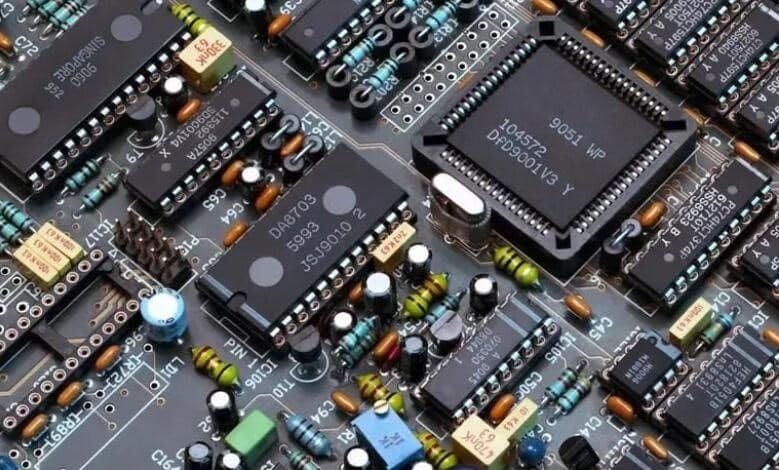Fault Mechanism and Detection Method of Rectifier Circuit
Rectifier circuit is an indispensable part of electronic equipment,its main function is to convert AC power into DC power. However,in the course of use, may also have various faults. This paper will analyze the fault mechanism of the detail, and provide effective detection means.
1.Failure mechanism
The fault of the rectifier circuit is mainly related to the rectifier diode, and there are two possible reasons: one is the destructive influence of the external circuit on the rectifier diode; The second is the quality of the rectifier diode itself. The rectifier diode may have two kinds of hard faults, such as open circuit and breakdown, and soft faults such as forward resistance increase and reverse resistance decrease, which will affect the working stability.

2.Key test points
The key test point of the rectifier circuit is the output of the rectifier diode. By measuring the output DC voltage of the rectifier diode, we can judge whether the rectifier circuit is normal. In a positive the negative terminal of the rectifier diode is the output terminal, and vice versa.
3.Effective detection means
Measuring the forward and reverse resistance of the rectifier diode after power failure can determine whether the diode has an open circuit or a short circuit fault. If the measurement result is uncertain, the rectifier diode can be removed from the circuit and then measured, which can get more accurate results.
Measure the DC voltage drop between the two pins of the rectifier diode in the energized state. Under normal circumstances, the voltage drop of the silicon rectifier diode is 0.6V, and the germanium rectifier diode is 0.2V. This property is the same regardless of the polarity .
For the soft failure of the diode, it can be verified by replacing the new rectifier diode. If the fault disappears after replacement, it can be determined that there is a problem with the original rectifier diode.
In general, the fault mechanism of the rectifier circuit is mainly related to the diode, and the fault can be detected and located effectively by measuring the resistance and voltage drop of the diode. At the same time, replacing the new rectifier diode is also an effective verification method. In daily use and maintenance, we need to pay close attention to the working status o, discover and deal with faults in time to ensure the normal operation of the equipment.
Learn more our project quality managemet, QAQC and third party inspection (TPI), NDT practices thru below link.
https://www.jsc-safe.com/engineering-fabrication-project-management-quality-management/
